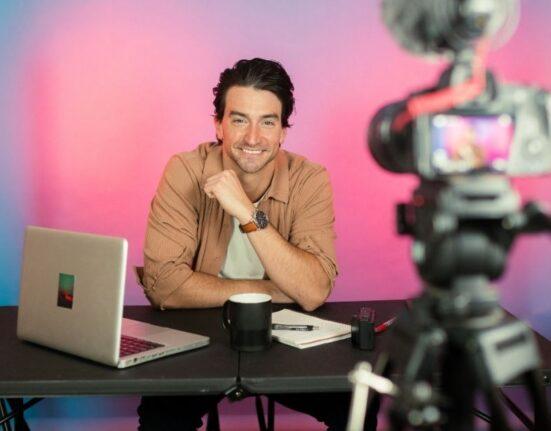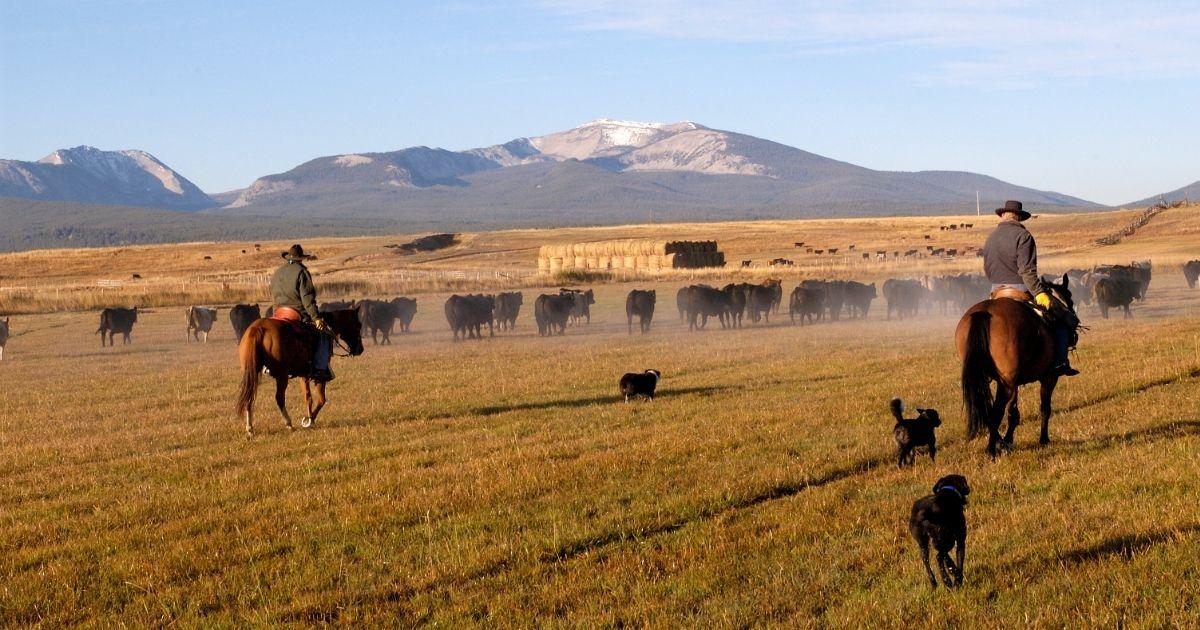Toy’s R Us recently produced an “all AI generated advertisement”. Some are upset about it and harken back to the jobs AI will take from us. But others are cheering it. AI will take jobs from some, and it is giving jobs to other. This is what happens in an evolving economy.
To my small business owners and entrepreneurs, I beg you, don’t fight AI, embrace it and let it help to grow your business.
Think about it, how can you create a powerful “movie” about your business, using AI. You can ask you team to do it faster and cheaper than ever before.
For my creator friends who are copywriters, designers and others who feel AI is replacing them – it is – in many ways.
Now’s your opportunity to figure you how you can use it to help your clients.
The Rise of AI in Video Production
Artificial Intelligence is revolutionizing video production at breakneck speed. AI-powered tools now handle tasks from scriptwriting to final rendering. This shift is more than just a trend—it’s a fundamental change in how we create and consume video content.
AI doesn’t just mimic human creativity; it enhances it. It can analyze vast amounts of data to predict viewer preferences, optimize video length, and even suggest compelling storylines. This technology is democratizing video production, putting professional-grade tools in the hands of amateurs and small businesses alike.
The Benefits of AI-Produced Video
The advantages of AI in video production extend far beyond mere efficiency. They’re reshaping the entire landscape of visual communication.
Cost-Effective Production: AI slashes production costs by up to 70%. It automates time-consuming tasks like color correction and audio mixing. This makes high-quality video accessible to businesses of all sizes.
Faster Turnaround Times: AI can generate a complete video in minutes, not days. This speed allows businesses to react to real-time events and trends, keeping their content fresh and relevant.
Personalization at Scale: AI analyzes viewer data to create personalized videos for millions of individuals simultaneously. This level of customization was unthinkable just a few years ago.
Improved Accessibility: AI-powered tools break down language barriers with real-time translation and dubbing. They also generate accurate closed captions, making videos more accessible to diverse audiences.
24/7 Content Creation: AI never sleeps, allowing for round-the-clock content production. This constant stream of fresh content helps businesses stay relevant in the fast-paced digital world.
The Job Market Shift
The AI revolution in video production is causing seismic shifts in the job market. It’s not just about job losses—it’s about the transformation of entire career paths.
AI Will Eliminate Some Roles: Up to 30% of traditional video production jobs could be automated in the next decade. Roles like video editors and camera operators are particularly vulnerable.
New Opportunities Emerge: For every job AI eliminates, it creates 1.2 new roles. AI specialists, data analysts, and AI-human interface designers are in high demand.
Upskilling Becomes Crucial: 54% of employees will need significant reskilling by 2022, according to the World Economic Forum. Continuous learning is no longer optional—it’s a career necessity.
The Gig Economy Expands: AI tools empower freelancers to offer services previously reserved for large production houses. This could lead to a 50% increase in gig economy participation in the creative sector by 2025.
AI’s Growth: A Historical Perspective
AI’s impact on video production mirrors past technological revolutions. Understanding these parallels can help us navigate the current transition.
Cars vs. Horses: The automobile industry created 15 million new jobs in the 20th century, far outweighing the jobs lost in horse-related industries.
Fax Machines vs. FedEx: FedEx adapted to digital disruption by integrating electronic tracking and online services. This flexibility allowed it to grow from a $1 billion company in 1983 to a $69 billion giant today.
iPhones vs. Pagers: The smartphone revolution created a $6.3 trillion app economy. It generated millions of jobs in app development, mobile advertising, and e-commerce.
AI is following a similar trajectory, creating new industries as it disrupts old ones. The key is to focus on the opportunities it creates, not just the challenges it presents.
Small Business Empowerment
AI video tools are leveling the playing field for small businesses, allowing them to compete with larger corporations in ways previously unimaginable.
Leveling the Playing Field: Small businesses can now create Hollywood-quality videos on shoestring budgets. This democratization of video production is expected to increase small business video marketing by 200% in the next three years.
Enhancing Marketing Efforts: AI-powered video analytics help small businesses understand their audience better. This data-driven approach can increase conversion rates by up to 80%.
Improving Customer Service: AI video chatbots can handle up to 70% of customer inquiries, freeing up human staff for more complex issues. This efficiency can lead to a 30% reduction in customer service costs.
Streamlining Operations: AI video tools can automate up to 40% of repetitive tasks in a small business. This efficiency boost allows owners to focus on growth and innovation.
Expanding Market Reach: AI-generated multilingual videos can help small businesses tap into global markets. This technology could potentially double a small business’s target audience overnight.
The Creative Industry’s Challenge
The creative industry faces significant disruption from AI, but it also stands to gain from embracing this technology.
Job Losses in Traditional Roles: Up to 25% of creative jobs could be automated by 2030. However, this statistic doesn’t tell the whole story.
Adaptation is Key: 85% of the jobs that will exist in 2030 haven’t been invented yet. Creatives who adapt to AI will be at the forefront of these new roles.
New Creative Frontiers: AI is opening up new forms of artistic expression. From AI-generated music videos to interactive AR experiences, the possibilities are endless.
Collaboration Over Competition: Creatives who view AI as a collaborator rather than a competitor see a 40% increase in productivity. This symbiotic relationship enhances human creativity rather than replacing it.
Specialization Becomes Vital: Creatives who specialize in niche areas see a 60% higher demand for their services. AI handles the routine, allowing humans to focus on unique, high-value creative work.
The Nature of Economic Evolution
The AI revolution in video production is part of a larger economic shift. Understanding this broader context is crucial for navigating the changes ahead.
Creative Destruction in Action: AI is expected to add $15.7 trillion to the global economy by 2030. This growth will come from both productivity gains and the creation of entirely new industries.
Skills Obsolescence Accelerates: The half-life of professional skills has dropped from 10-15 years to 5 years. Continuous learning is now a core part of any career.
Entrepreneurial Opportunities Multiply: AI is expected to spark a 50% increase in new business formation over the next decade. It lowers barriers to entry across industries, fostering innovation.
Productivity Gains Drive Growth: AI could double economic growth rates in developed countries by 2035. This increased productivity could lead to higher wages and improved living standards.
The Need for Adaptive Policies: Governments must invest in AI education and retraining programs. Countries that fail to adapt risk falling behind in the global economy.
Conclusion: Embracing the AI Video Revolution
The AI video revolution is not just changing how we produce content—it’s reshaping our entire relationship with visual media. It offers unparalleled opportunities for efficiency, creativity, and growth. However, it also demands adaptability and continuous learning.
For small businesses, AI video tools offer a chance to compete on a global stage. For creatives, AI presents both challenges and exciting new frontiers. The key is to embrace AI as a powerful tool, not a replacement for human creativity.
As we navigate this transition, we must remember that AI is a means to an end, not the end itself. The goal is to enhance human capabilities, not replace them. By embracing AI while valuing uniquely human skills, we can create a future where technology and creativity work in harmony.
The AI video revolution is here. Those who adapt, innovate, and collaborate with AI will be the leaders of tomorrow’s creative economy. The future is not something that happens to us—it’s something we create. Let’s ensure we create a future that harnesses the power of AI while celebrating human creativity and ingenuity.
Related articles:












